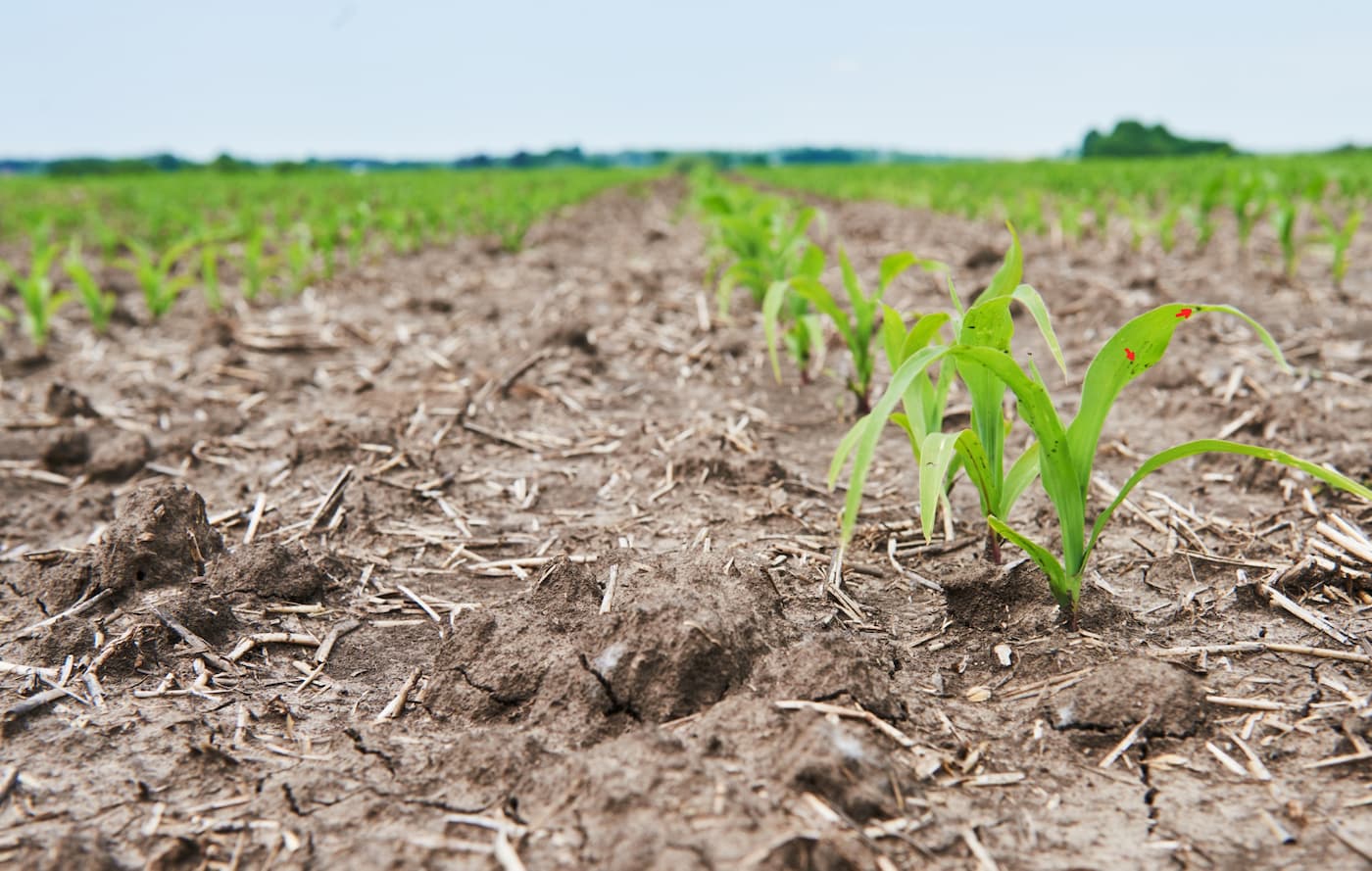The rainy season in Guatemala and Nicaragua brings heavy rainfall, significantly increasing the risks of erosion, landslides, and loss of fertile soil. In agricultural projects, road infrastructure, and coastal areas, effective water management and soil stability are critical to protecting investments and ensuring the continuity of operations.
In this context, Polyproductos offers two reliable and adaptable solutions: Geosacks and TrapBags. Both products are designed to combat erosion and stabilize terrain, but each is suited to specific needs and scenarios. Understanding their characteristics and applications will help you choose the best option for your project, ensuring optimal protection during the rainy season.
Understanding Erosion and Its Impact During the Rainy Season
During the rainy season, unprotected soils become highly vulnerable. Surface runoff can carry away soil particles and nutrients, causing erosion that affects agricultural productivity as well as the integrity of roads, slopes, and nearby structures.
Without preventive measures, the consequences include loss of fertile soil, reduced crop yields, landslide risks, and high repair costs. Therefore, it is essential to implement anti-erosion solutions that are efficient, durable, and adaptable to different terrains and needs.
Geosacks Act as Permanent Barriers and Structural Reinforcement
Polyproductos’ Geosacks are high-strength geotextile bags filled with local materials such as sand or gravel. Available in sizes of 22” x 37” or 20” x 31.5”, they create permanent barriers and reinforce structures vulnerable to erosion.
Key Benefits of Geosacs:
- Slope and edge stabilization: ideal for inclined terrains, rural roads, and agricultural terraces.
- Prevention of landslides: protect crops and nearby structures even during heavy rains.
- Soil reuse: soil remains fertile and can be repurposed for other projects, optimizing resources.
- Durability: resistant to runoff and hydrostatic pressure, offering long-lasting protection.
Typical uses include riverbanks, slopes, agricultural terraces, rural roads, and construction projects requiring permanent structural reinforcement. Their effectiveness is maximized during the rainy season, when water pressure on the soil is highest and erosion risks are greatest.
TrapBags Are a Fast, Effective, and Cost-Efficient Solution
TrapBags are modular erosion control bags designed for quick, low-cost deployment. Made with 100% virgin polypropylene and pentagonal interlocking cells, they provide greater stability than traditional sandbags while requiring 40% less filling material.
Key Benefits of TrapBags:
- Fast and simple installation: ideal for emergencies and projects needing immediate action during heavy rains.
- Erosion prevention in vulnerable areas: protects crops, slopes, and exposed terrain from runoff.
- Reduced operational costs: requires less material and logistics compared to traditional solutions.
- Vegetation regeneration: allows nature to restore the land, supporting coastal and agricultural ecosystems.
- High durability: interlocking design withstands hydrostatic pressure and harsh weather conditions.
Typical applications include slope protection for crops, temporary containment of rivers or streams, coastal edge reinforcement, and disaster mitigation during heavy rains.
Comparing Geosacks and TrapBags
| Geosacks | TrapBags | |
| Project Type | Permanent | Temporary / Emergency |
| Installation Speed | Requires planning and time | Fast, can be installed in hours without heavy machinery |
| Cost | Moderate to high | Low to moderate |
| Filling Material | Sand or gravel | Sand, gravel, or soil; less material needed |
| Durability | High, long-term protection | High, but temporary |
| Environmental Impact | Allows soil reuse | Supports vegetation regeneration |
| Effectiveness in Rain | Excellent for structural protection | Excellent for rapid mitigation and runoff control |
Practical Guide to Choose the Right Solution for Your Project
- Use Geosacs for permanent structural protection, slope stabilization, and soil reuse in agricultural, road, or industrial projects.
- Use TrapBags for rapid, cost-effective, and flexible emergency solutions to control erosion and protect crops or coastal areas during heavy rains.
- In some projects, combining both can provide double protection; TrapBags for immediate mitigation and Geosacs for long-term stability.
Recommendations to Maximize Anti-Erosion Protection
To ensure the effectiveness of these solutions during the rainy season follow these tips:
- Strategic placement: install barriers in high-runoff areas, riverbanks, and vulnerable slopes.
- Product integration: combine TrapBags and Geosacs according to urgency and terrain type.
- Regular monitoring: inspect barrier integrity after heavy rains.
- Proper maintenance: ensure Geosacs maintain their filling and TrapBags stay in place.
Following these practices minimizes soil loss, protects crops, and ensures project stability during the most critical periods of the year.
Polyproductos Offers Anti-Erosion Solutions Tailored to Your Needs
During the rainy season, reliable anti-erosion solutions are essential to protect farmland, roads, and coastal areas. Polyproductos’ Geosacs and TrapBags provide options for different needs, from permanent structural reinforcement to rapid, cost-effective responses to climatic emergencies.
Choosing the right product, or strategically combining both, ensures maximum protection against erosion, preserves soil fertility, and allows projects to continue safely, even during the heaviest rains.
With TrapBags and Geosacs, your investment in safety and sustainability is backed by proven, effective solutions designed to face the challenges of the rainy season in Guatemala, Nicaragua, and other regions with intense rainfall.



